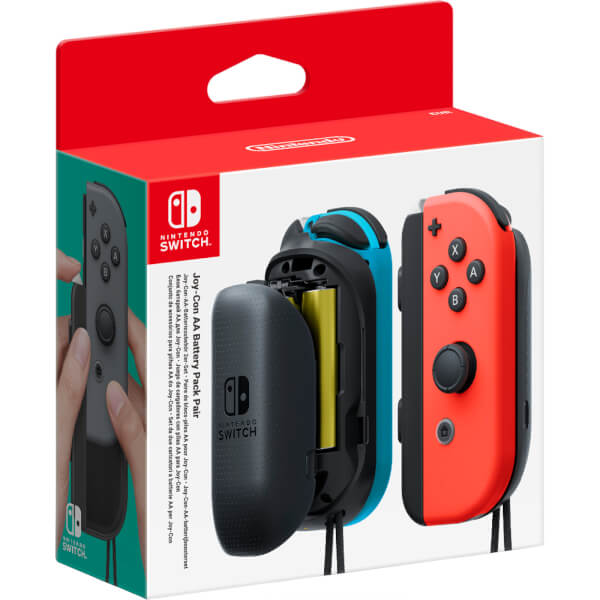Last April I said that exclusive titles will come on the switch pro starting 2022-23, when a new model will be released (switch 3). I still believe that this is what's gonna happen.
This is something I've been thinking about since back when Iwata talked about having a business model more like Apple's. Apple release new iPhones/iPads on an annual basis, but they keep supporting the older models for at least a few years. If Nintendo were to take a similar approach, what would it look like? Obviously annual updates are just too frequent for games consoles, but updates every 2-3 years could be realistic. In which case what we're getting next year wouldn't be a Switch Pro, but rather a Switch 2, or just a Switch (2019), if they go the iPad route of not explicitly naming/numbering them. Then, in 2021/2022, we'd get another new Switch, and the cycle would continue. If Nintendo guaranteed to keep supporting at least one prior model, then Switch owners could buy the new model and be confident of 4-6 years of game releases, pretty much the same as a traditional console.
If Nintendo were going with a 2 year wait between each iteration we would be looking at a release next March, or with a 3 year wait anywhere until March 2020 (or, if this was planned back when Switch was originally intended to release end of 2016, then a release end of 2019). That being the case, if we do get a significantly more powerful Switch model next year, there's a good chance that this is the route they're going.
If they go this route, then it would be interesting to consider what performance targets they might have for a 2 or 3 year jump, in order to maintain the kind of performance trajectory you might expect in the long run. On a two-year release basis a 2x increase in performance would yield a 8x increase over 6 years, whereas if they plan a release every 3 years then a roughly 3x increase in performance would give them about 9x every 6 years. These would roughly match the performance trajectory of traditional generation jumps (of course whether Nintendo want to do that or not is a different matter).
Let's say they have a two year cycle and release in March 2019. A 2x increase in performance might look something like this:
12nm SoC -
CPU: 4x A73 @1.2GHz (for games) & 2x A53 for OS -
GPU: 3x SM @ 500MHz Portable/ 1GHz Docked -
RAM: 8GB
This isn't entirely out of the realm of possibility, it would still be a relatively small die, and would fit within the TDP to maintain decent battery life and be cooled effectively. RAM is really dependent on how memory prices go over the next 6 months or so, as 8GB of LPDDR4(x) is a lot at the moment, but if prices come down as some people are expecting them to, then it's not completely impossible.
On the other hand, if they were planning a 3 year replacement schedule, and wanted to release a new model at the end of 2019, then they'd need something like this:
7nm SoC -
CPU: 6x A76 @1.2GHz (for games) & 2x A55 for OS -
GPU: 4x SM @ 600MHz Portable / 1.2GHz Docked -
RAM: 12GB
This is obviously much more of a stretch. The 7nm process would be about a year old by that point (and unlike 10nm it will be a fairly widely used node, with AMD & Nvidia using it extensively, alongside the smartphone SoC manufacturers), but it's still been a long time since Nintendo has used such a bleeding-edge manufacturing process. The RAM in particular seems like a lot, and even if Nintendo were to go as gung-ho on CPU/GPU performance, I don't see them breaking the 8GB barrier.
There is another reason that a 2-year/2x performance increase pattern makes sense, though, in that it matches the existing performance differential between portable and docked mode. So, for every new Switch, the portable mode would be about as powerful as the docked mode was on the previous model, and developers would effectively only have to accommodate one more performance target. So, we could see Switch models progress something like this:
2017 - 0.2TF portable, 0.4TF docked
2019 - 0.4TF portable, 0.8TF docked
2021 - 0.8TF portable, 1.6TF docked
2023 - 1.6TF portable, 3.2TF docked
etc.
Retaining support for the most recent two models would then mean covering just three performance targets, and retaining support for the most recent three models would mean supporting only 4 performance targets in this case. Supporting the older hardware still wouldn't be trivial, but it would be easier than having two brand new performance levels with every new device.


